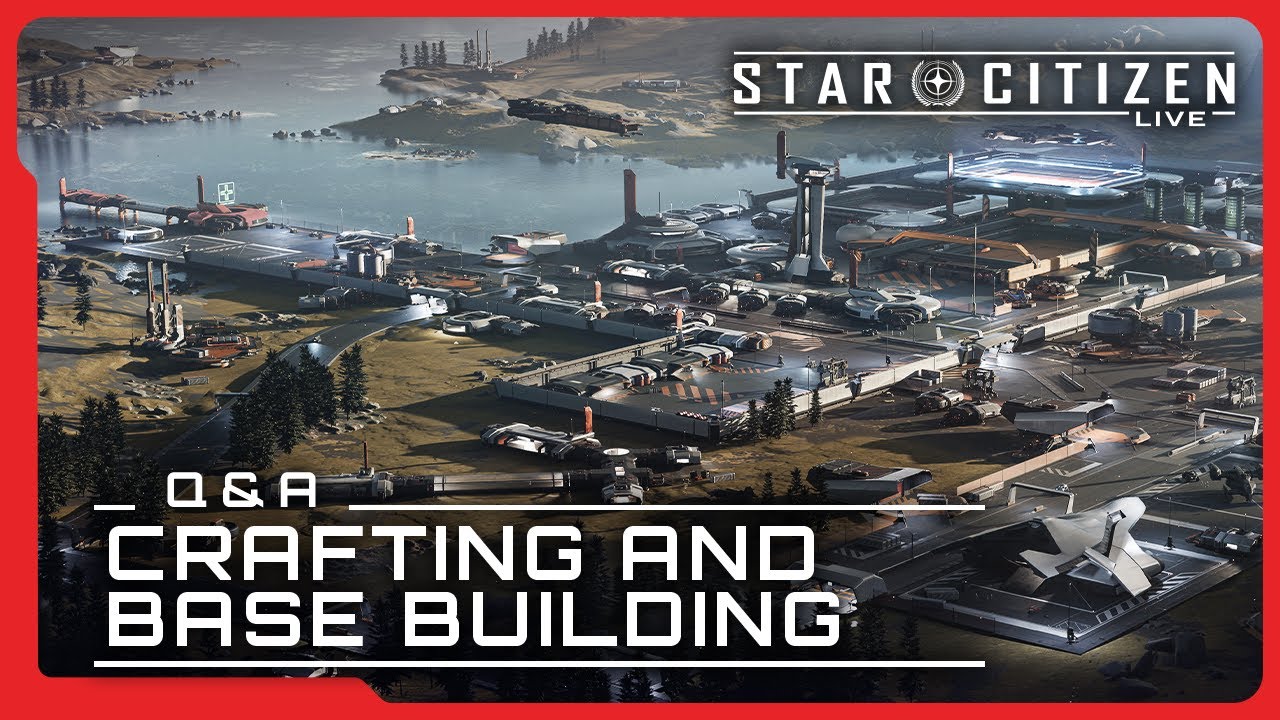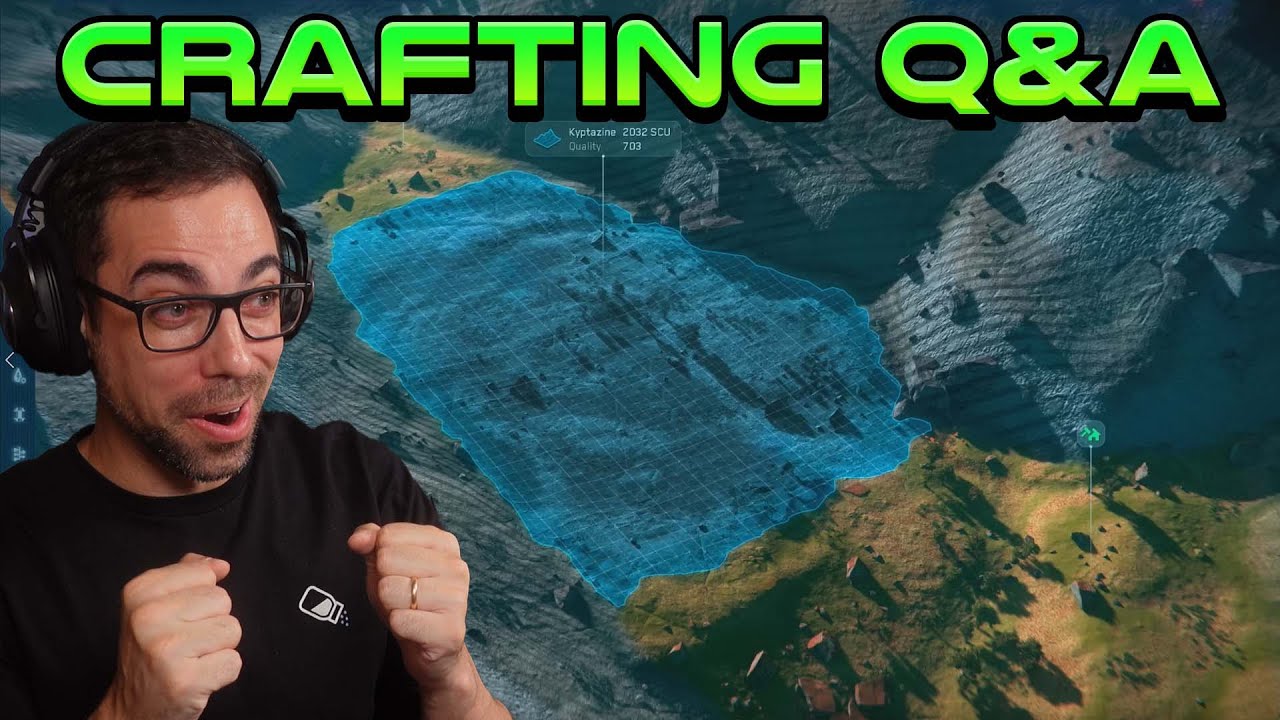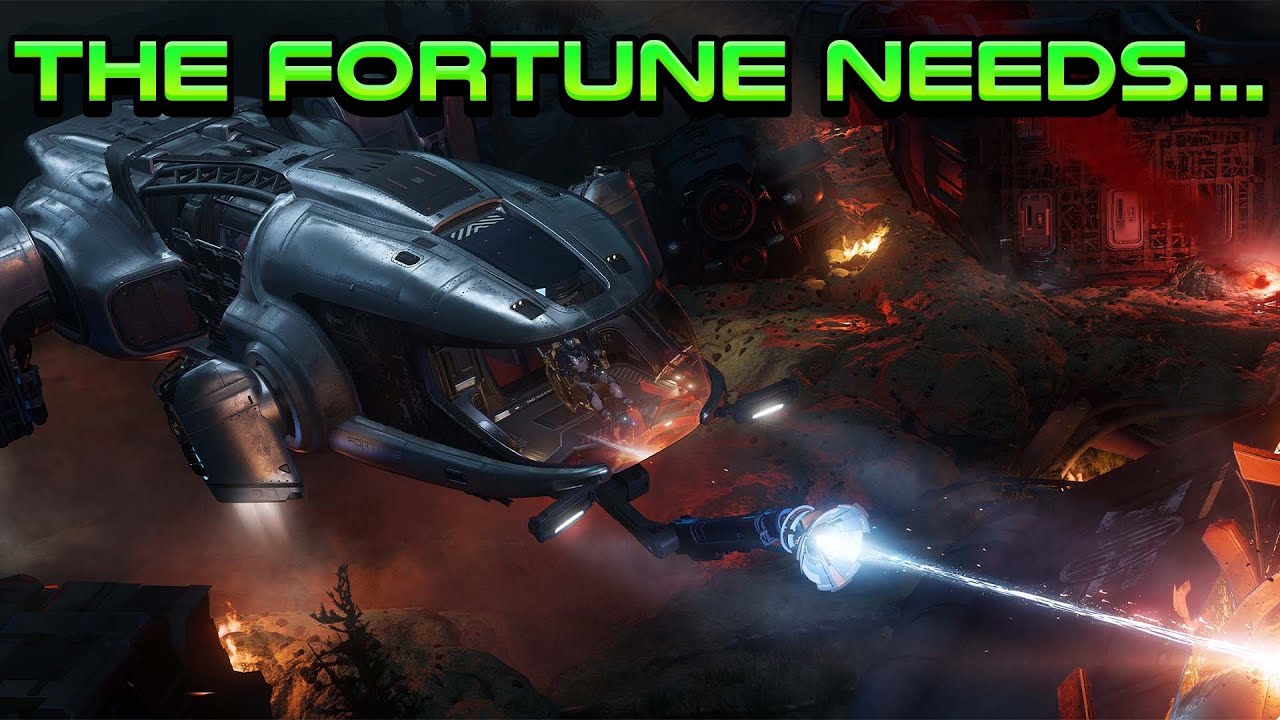In the latest Star Citizen Live episode, developers discussed the new crafting and base-building systems, emphasizing player customization and the integration of bases with gameplay features like mining and trading. They also covered mechanics for base defenses, raiding, and land claims, ensuring that bases remain meaningful and engaging within the game’s ecosystem.
In the latest episode of Star Citizen Live, host Jared Hucke welcomed developers behind the crafting and base-building systems that were unveiled during CitizenCon. The developers included Jacob, a senior gameplay programmer, Luke, the lead environment artist, and Dean, a system designer. They discussed the integration of base building with other gameplay features, such as mining and trading, emphasizing that player bases will serve various purposes and enhance player interaction within the game universe.
The developers explained that bases could be used for a range of activities, from mining operations to trading hubs. Players can customize their bases according to their needs, whether for resource gathering, refining, or simply storage. The team highlighted the importance of allowing players to express their creativity in base design while ensuring that bases are meaningful and functional within the game’s ecosystem. They also touched on how base building would evolve over time, with new gameplay features being added as development progresses.
A significant portion of the discussion focused on the mechanics of base defenses and raiding. The developers clarified that while bases would be visible across all shards in a region, raiding could only occur on the owner’s shard when they are online. This approach aims to protect players from losing their bases while still allowing for engaging gameplay. They also discussed the potential for offline raiding in lawless areas and the importance of securing bases with planetary shields to deter attacks.
The conversation then shifted to crafting, where the developers outlined how existing gathering methods like mining would change. They introduced the concept of bespoke minable resources tied to specific biomes, encouraging players to explore different areas for valuable materials. The crafting system will allow players to upgrade items and customize their ships using various blueprints, leading to significant differentiation between player-owned ships and gear. This adds depth to the gameplay, allowing players to create unique items tailored to their playstyle.
Finally, the developers addressed the long-awaited land claims and how they would work in conjunction with base building. Players would be able to acquire plots of land for building, with recurring maintenance costs to ensure active engagement. The team emphasized that land claims would not lead to dead bases, as players would risk losing ownership if they failed to maintain them. Overall, the episode provided an in-depth look at the upcoming features in Star Citizen, highlighting the developers’ commitment to creating a dynamic and engaging universe for players.
salt-e-mike reacts:
In the recent Star Citizen Live Q&A, developers discussed the integration of crafting and base building into the game, emphasizing player agency in creating unique spaces for various activities like mining and trading. They also covered the mechanics of land claims, base defense, and the strategic changes to mining and crafting systems, highlighting their commitment to a dynamic, player-driven universe.
In the recent Star Citizen Live Q&A session focused on crafting and base building, host Jared Huckaby engaged with developers responsible for these systems, including Jacob, Luke, Deck, and Torsten. The discussion began with an exploration of how player bases will function within the game, emphasizing their potential for various uses, such as mining, trading, and crafting. The developers expressed their vision of player bases becoming integral to gameplay, allowing players to create unique spaces that cater to their specific needs, whether for resource gathering, trading hubs, or storage facilities.
One of the significant topics covered was the integration of base building with existing gameplay features. The developers explained that bases would be designed to support various gameplay loops, ensuring that players could interact with each other and the environment meaningfully. They highlighted the importance of player choice in how they utilize their bases, whether for personal use or as a service for others. The conversation also touched on the mechanics of base defense, including the concept of planetary shields that could protect bases from raids, which would only be possible on the shard where the base was established.
The Q&A also delved into the crafting system, detailing how it will change current gathering methods like mining and salvage. The developers indicated that mining would become more refined, with specific resources tied to particular biomes, making the process more strategic. They discussed the introduction of bespoke minable rocks and the potential for players to gather resources more efficiently based on their chosen profession, whether it be FPS mining or vehicle mining. The crafting system will also allow for customization of items based on the quality of materials used, adding depth to the crafting process.
Land claims were another critical topic, with developers clarifying how players could acquire plots of land for building bases. Players would have the option to purchase general plots or prospecting plots, with a recurring maintenance cost associated with ownership. There would be exclusion zones to protect exploration areas, and players could lose their land rights if they failed to maintain their claims. This system aims to balance player ownership with the need to keep certain areas of the game world accessible for other activities.
Overall, the session provided insights into the future of Star Citizen’s crafting and base-building systems, highlighting the developers’ commitment to creating a dynamic and player-driven universe. The Q&A emphasized the importance of player agency in shaping their experiences, whether through crafting unique items, building bases, or engaging in trade. As the game continues to evolve, the developers expressed excitement about the possibilities that these new features will bring to the Star Citizen experience, while acknowledging the challenges that lie ahead in balancing gameplay mechanics and player interactions.
salt-e-mike reacts:
The speaker discusses their frustrations with the salvaging mechanics in Star Citizen, particularly the disparity in profitability between the Drake Vulture and the Misfortune ships, emphasizing the need for improvements to make the Misfortune more engaging. They express hope that future updates will enhance the salvaging experience by introducing diverse components and balancing the two ships, allowing for cooperative gameplay without diminishing the Vulture’s strengths.
In the video, the speaker discusses their experience with salvaging in Star Citizen, particularly focusing on the Drake Vulture and the Misfortune ships. They express frustration with the current state of salvaging mechanics, especially the disparity in profitability between the two ships. The Vulture is noted as being far superior due to its ability to gather recycled material composite (RMC) efficiently, while the Misfortune struggles to compete, primarily producing construction materials at a much lower profit margin. The speaker emphasizes their enjoyment of salvaging in other games, particularly EVE Online, and hopes for improvements in Star Citizen’s salvaging mechanics.
The speaker highlights that the Misfortune’s salvaging capabilities feel less engaging, especially when compared to the Vulture. They mention that structural salvaging currently yields lower returns unless done on a larger scale with a Reclaimer ship. The conversation shifts to a recent Q&A where developers hinted at revisiting salvaging mechanics, particularly the types of materials gathered from structural salvaging. The speaker expresses optimism that these changes could enhance the gameplay experience, especially if they introduce more diverse components that can be salvaged.
The discussion then delves into the potential implications of the developers’ comments about salvaging components versus raw materials. The speaker speculates that components could include various ship parts like computer chips and cables, which might add depth to the salvaging process. However, they express concern about the idea of salvaging yielding refined mining materials, as this seems counterintuitive to the gameplay mechanics. The speaker believes that salvaging should remain distinct from mining, with each having its own unique rewards and processes.
As the conversation progresses, the speaker reiterates the importance of balancing the two ships without diminishing the Vulture’s current enjoyable gameplay loop. They argue that both ships should be viable options for players, with distinct strengths that complement each other in a cooperative salvaging scenario. The speaker envisions a future where players can team up, utilizing both ships to gather different materials and craft items, enhancing the social and collaborative aspects of the game.
In conclusion, the speaker remains hopeful that the developers will find a way to elevate the Misfortune’s salvaging experience to match the satisfaction provided by the Vulture. They urge the developers to focus on improving the Misfortune’s capabilities rather than nerfing the Vulture, maintaining that both should have their unique roles in the game. The speaker believes that with careful adjustments, the salvaging mechanics in Star Citizen can become more engaging and rewarding for players, leading to a more fulfilling gameplay experience overall.


